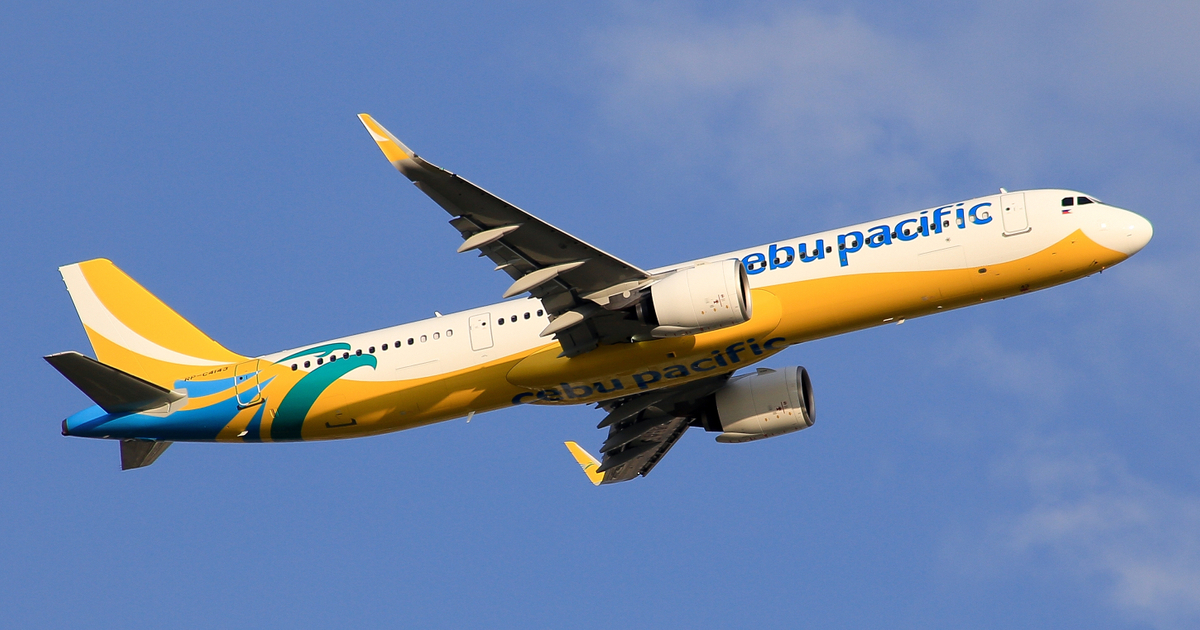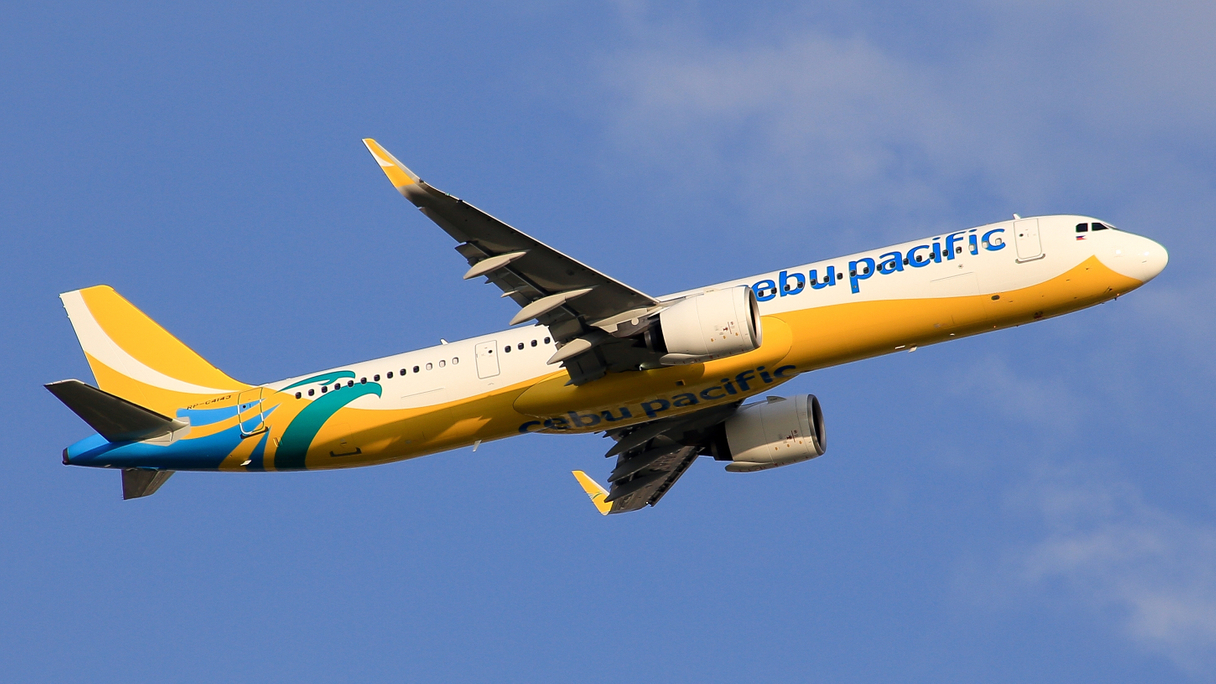Cebu Pacific sets long-term strategic vision to meet air travel demand
As Cebu Pacific cements its leadership in the Philippine domestic and international aviation market, president and chief commercial officer Xander Lao explains how greater capacity from recent expansion in its fleet and network will drive better margins and long-term...

Promoted Content
As Cebu Pacific cements its leadership in the Philippine domestic and international aviation market, president and chief commercial officer Xander Lao explains how greater capacity from recent expansion in its fleet and network will drive better margins and long-term financial growth.

July 01, 2025
Cebu Pacific is set for continued growth in 2025 as it ramps up fleet expansion and strengthens regional connectivity to make air travel more accessible and affordable across Asia.
The airline’s year-to-date performance indicates sustained momentum, following a record 2024 when it carried 24.5 million passengers – the highest in its history.
Growth was driven by strategic investments in fleet and network. Cebu Pacific added 17 new Airbus aircraft last year, significantly boosting capacity and operational efficiency. It also accelerated the development of regional hubs across the Philippines to meet rising travel demand.
 “Our performance reflects strong and steady demand for air travel,” said Xander Lao, president and chief commercial officer of Cebu Pacific. “With upcoming aircraft deliveries and ongoing hub expansion, we are well-positioned to sustain this growth through the remainder of the year.”
“Our performance reflects strong and steady demand for air travel,” said Xander Lao, president and chief commercial officer of Cebu Pacific. “With upcoming aircraft deliveries and ongoing hub expansion, we are well-positioned to sustain this growth through the remainder of the year.”
Route expansion was another key driver. In 2024, Cebu Pacific launched 28 new routes (19 domestic and nine international), offering passengers more travel options. As of April 2025, it has added three more international routes: Cebu–Ho Chi Minh, Iloilo–Bangkok (Don Mueang) and Manila–Sapporo.
The airline said these efforts are supported by stable economic conditions and continued demand from both leisure and business travellers.
“We remain focused on growing our fleet and network to connect more destinations and bring people across Asia closer together,” Lao added.
Smart strategic growth
It’s no surprise that the Philippine air travel sector continues to attract attention. Following years of sharp growth in both domestic and international passenger traffic, total domestic passengers reached 32 million in 2024, while international traffic hit 28 million, according to Statista.
Being able to capitalise on this demand calls on more than just greater capacity; keeping a strong focus on cost management by improving operational efficiency and maintaining financial discipline are critical success factors.
These are essential for Cebu Pacific to fund the required investments in new aircraft, where costs vary depending on model and configuration.
“We finance these acquisitions through a mix of sale-and-leaseback arrangements, operating leases, finance leases, traditional bank loans and Japanese Operating Lease with Call Option (JOLCO) structures,” said Lao. “This allows us to manage costs efficiently while continuing to expand and modernise our fleet.”
Beyond expanding the network, this investment in aircraft will enable Cebu Pacific to enhance fuel efficiency and lower unit costs. “The newer fleet offers more seats per flight and greater operational efficiency, which supports the airline’s growth strategy across both domestic and international markets,” explained Lao.
Ultimately, these improvements are expected to drive stronger network performance, improved margins and sustained long-term financial growth.
Turing vision into reality
With these objectives in mind, over the next three to five years, Cebu Pacific’s strategic goal is to further expand access to affordable air travel across the Philippines and key markets in Asia.
To position the airline for such long-term growth, Lao said it will continue growing its fleet, strengthening domestic and international operations, and maximising the use of existing hubs to increase connectivity and efficiency.
Further, there are major infrastructure developments on the horizon to support the growth plan. These include planned upgrades at Ninoy Aquino International Airport (NAIA), as well as the New Manila International Airport – also known as the Bulacan Airport – which is scheduled to begin construction in January 2026 and expected to be completed by late 2028.
“Cebu Pacific is well-positioned to scale its operations, tap into rising travel demand, and serve more passengers in a cost-effective and sustainable way,” explained Lao.
¬ Haymarket Media Limited. All rights reserved.
Promoted Content #growth #strategy
 MikeTyes
MikeTyes 































